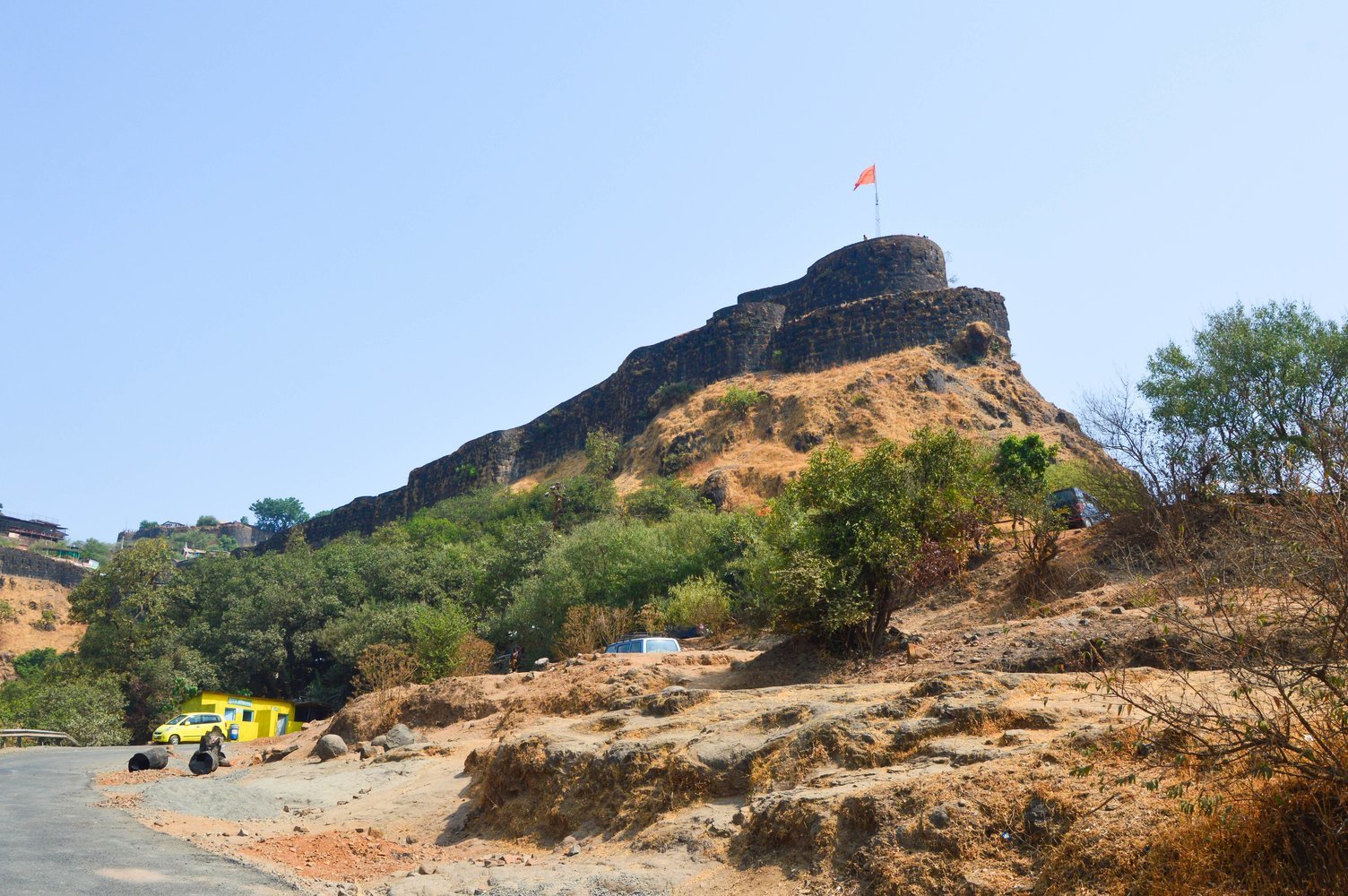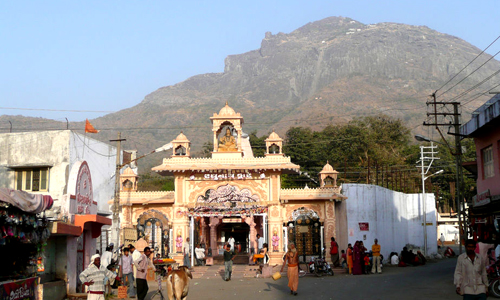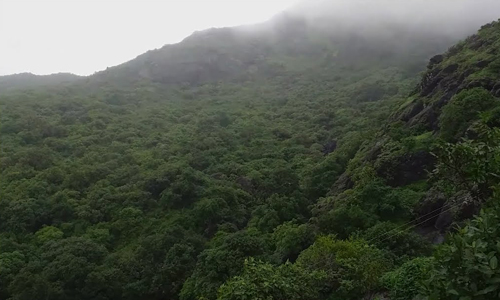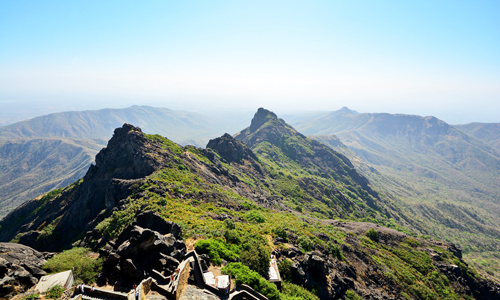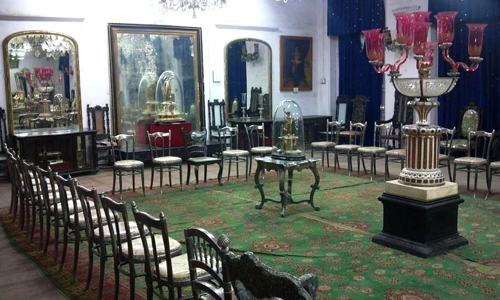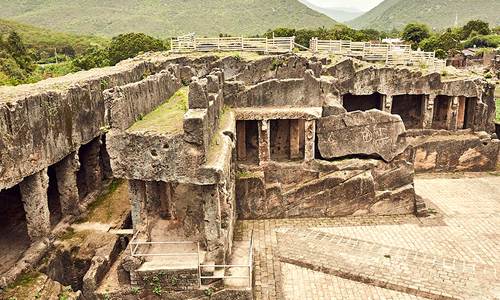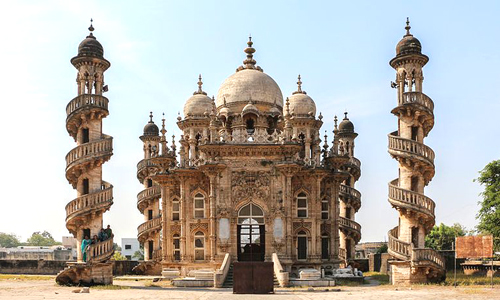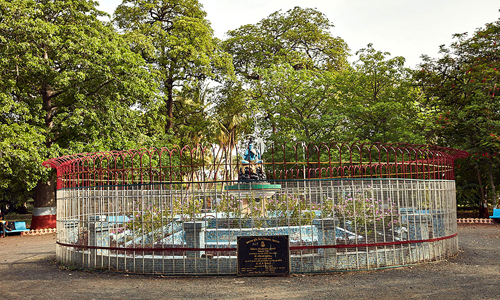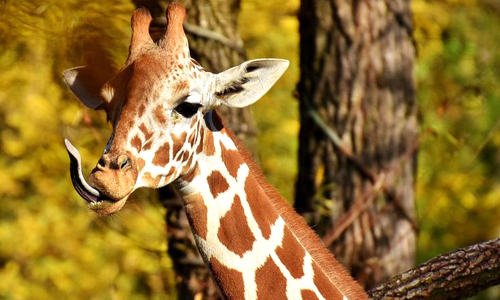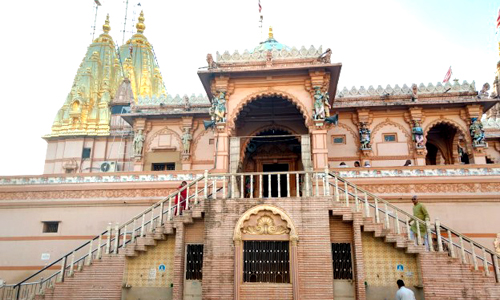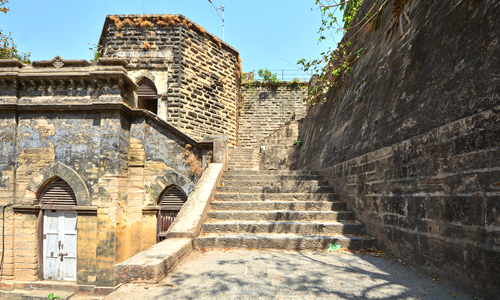Baba Pyare caves are ancient Buddhist caverns in the Mullawada area of Junagadh, Gujarat. These are part of Junagadh Buddhist Caves and are popular places to visit in Junagadh for history buffs.
Bava Pyara caves, or Baba Pyara caves, are examples of historical artificial caverns. The caves are part of the Junagadh Buddhist Cave Groups, located in the eastern section of Junagadh, the Indian kingdom of Gujarat. The Bava Pyara caverns combine both Buddhist and Jain artistic endeavours.
This group contains 13 caves that are 45 metres long. The caves are in three lines. The first line runs north, the second line runs south, and the third line backs from the second line. There are four caverns in the northern area of the Baba Pyare caverns.
The south-eastern group of Baba Pyare Caves includes a 'Chaitya' and a large meditation court. These caverns contain artworks from Buddhism and Jainism, as they were first built for Buddhist monks and later occupied by Jain ascetics.
The Junagadh Buddhist Cave Group comprises three sites: Khapra Kodiya Caves, Baba Pyare Caves, and Uparkot Caves. Baba Pyare Caves are located beneath the southern walls of Uperkot Fort. The caves are worth visiting during the Junagadh tour package.
History of Baba Pyare Caves
Scholars assume these caverns were built during the Satavahana era in the first to second centuries AD. Their construction reflects the influence of the Satavahanas and Graeco-Scythian periods.
James Burgess explored the Baba Pyara caves. He was an English archaeologist and the founder of The Indian Antiquary. He determined that they were Buddhist and Jain. Burgess claims these caverns were built for Buddhist monks, and Jain ascetics later came.
He was still determining the exact age of the historical caverns. One fragmentary inscription in the Bava Pyara cave supports its connection with Jainism, as one time period in the inscription was only used by Jains.


